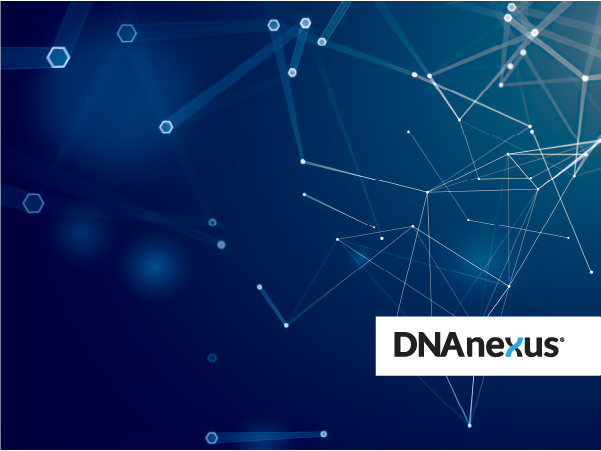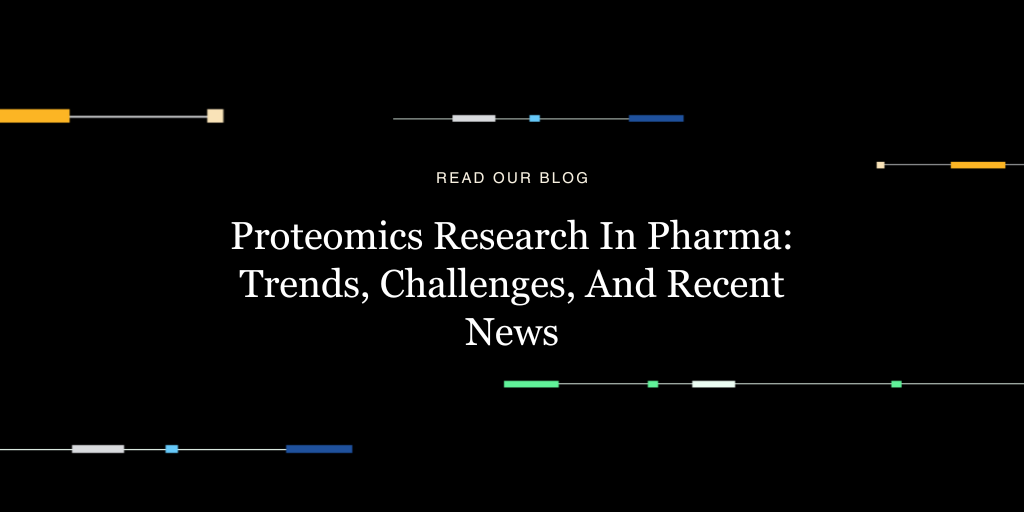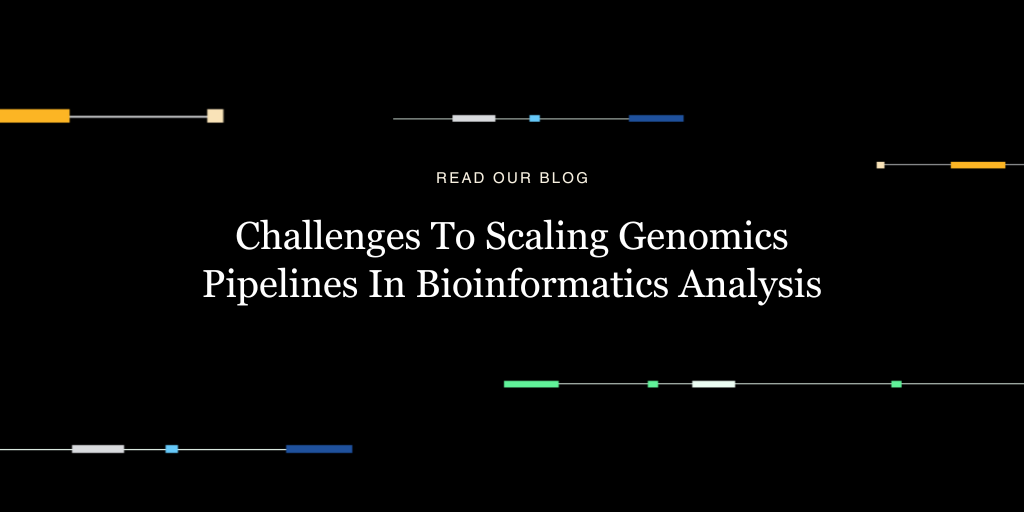When the first draft of the human genome was completed in the early 2000s, the possibility of using genomic data in routine healthcare seemed close to becoming reality. Now, more than two decades later, genomics has made inroads into healthcare — but it still has not made it into daily patient care. Scientists and clinicians at Human Longevity (HLI) are working to change that.
In a recent webinar, Wayne Delport, vice president of technology & bioinformatics at HLI, described the whole-genome sequencing product and clinical report that the company developed for physicians and patients in its Health Nucleus Clinic. He also talked about how the DNAnexus Platform is providing much-needed bioinformatics infrastructure to help the clinic ingest, analyze, and interpret the data. Watch the webinar on-demand.
“Human Longevity was founded on the premise that the genome was going to revolutionize the practice of medicine and make a significant impact on the integration of genomics and medicine,” Delport said. “We’ve seen a lot of that in the oncology space, but we are not entirely convinced we’ve seen that in the primary care space.”
To create a whole genome product that would benefit people coming in for a healthy screening, HLI launched the Health Nucleus, a data-driven personalized health platform that looks across all the data from a healthy individual. “It is intended to change the way healthcare is practiced,” Delport said.
Instead of the conventional approach to healthcare, which relies primarily on data from family history and physical examination, the Health Nucleus team collects data from whole-genome sequencing, imaging, and different kinds of biomarkers. Under this new model, physicians have access to AI-powered analytics to make sense of the patients’ data.
A New Kind of Clinical Report
When HLI began developing its whole genome sequencing product, they quickly realized that there was no existing report structure suitable for describing the results in a manner that was engaging for both clients and physicians. So they decided to create one.
The report needed to be simple enough for clients to understand while simultaneously providing useful information to clinicians including prognostic risk assessment data and pharmacogenomics information; however, it could not be used for diagnostic purposes.
The current version of the HLI report has four sections; hereditary disease risk, pharmacogenomics findings, health predisposition, and nutrition and wellness traits. The Human Longevity Clinical Laboratory (HLCL), a CAP/CLIA certified lab at HLI, issues these reports.
The hereditary disease risk portion of the report provides data on pathogenic and likely pathogenic variants and disease risk. The pharmacogenomics section of the report captures information on star alleles and their functions as well as relevant drug response data. The next section presents data on polygenic risk. The final section of the report provides information on nutrition and wellness traits to help patients and clinicians discuss health habits, exercise needs, disease susceptibility, reactions to food, and more.
Powerful Data Analytics
These reports are only possible thanks to the infrastructure for analyzing, interpreting, and storing the large quantities of data generated by whole genome sequencing assays. HLI currently partners with a CAP/CLIA validated reference laboratory for its whole genome sequencing needs, while it handles the analysis in house. HLCL is validated to assess single nucleotide variants and small insertions and deletions.
To handle its bioinformatics needs, HLI previously relied on an in-house workflow that ran on Amazon Web Services. It included separate pipelines for secondary and tertiary analysis and interpretation. These were all internally developed, so the HLI team was responsible for the upkeep. The system also had a lot of components, including multiple PostgreSQL databases and application programming interfaces.
“We were responsible for maintaining our workflows [and] maintaining our infrastructure,” Delport said. “We also had to develop our own privacy and security program.” They also had to optimize storage costs.
HLI recently began transitioning its analysis to the cloud-based DNAnexus Platform, including secondary analysis tools developed by Sentieon. When the transition is complete, they will have a much simpler technology stack that uses fewer components than the one they built in-house.
“The great thing about this for us is that we have one SQL database with one API that we don’t have to develop. That is developed and maintained by DNAnexus,” Delport said.
This also means that HLI scientists can focus on the important task of extracting valuable health information from the patients’ genomes and reporting their findings.
“We don’t have to worry about any infrastructure management,” Deplort said. “The only thing people on our team have to worry about is building and deploying bioinformatics tools that are used in our reporting workflow.”
DNAnexus’ Platform meets all of the compliance standards required for secure storage and transfer of whole genome data, as well as those required for bioinformatics pipelines and data tracking according to the CAP Molecular Pathology checklist. “DNAnexus more than meets these requirements for us,” Delport said. ”We were comfortable with the security and traceability.”
Using DNAnexus is also more cost-effective per sample than HLI’s original infrastructure. Even at 10 percent of HLI’s current volume, doing the analysis on DNAnexus is 62 percent more cost-effective than using its internal infrastructure. And the cost savings increase as the volume of samples analyzed goes up.
HLI has begun piloting its whole genome reporting in some other clinics beyond the Health Nucleus. It is also developing a new product called the Genome Search Engine which focuses more on variant discovery and has a wider scope than the whole genome product. “We want to be an interface between a clinical care provider in the genomics space and genomic interpretation,” Delport said.
Watch the webinar on demand.

Get in touch to learn more about how DNAnexus can support your analysis needs.



